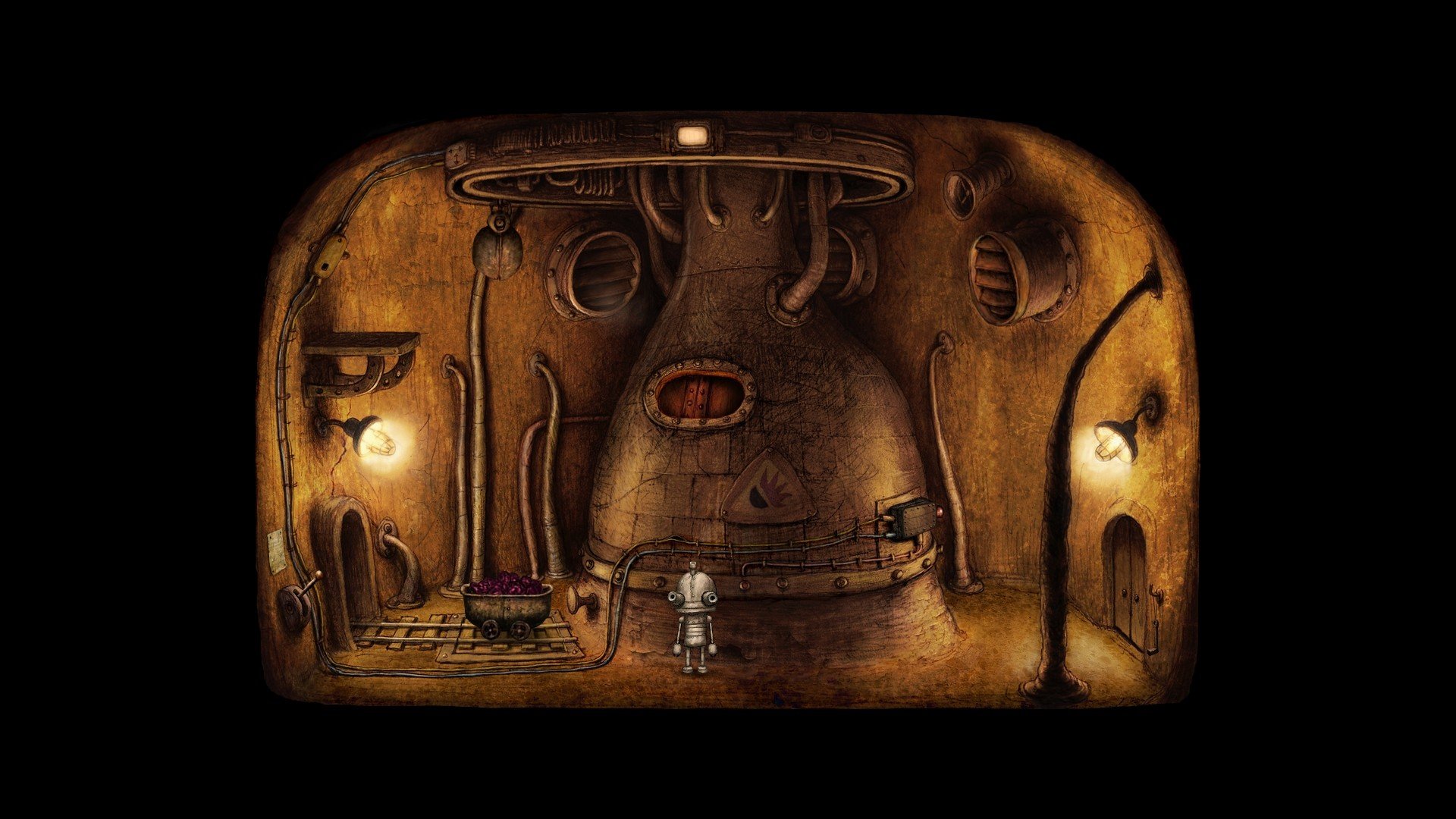


Waste water is used for industry, agricultural irrigation, hydropower, cleaning and algae cultivation.

Planet: Waste from the sewage farm is salvaged and re-used by the mill. This may transform the future of cities: By redefining urban wastelands as productive nodes, the predicted 21st century crises of spatial scarcity and waste may be resolved. Progress: By designing a textile mill on a sewage farm, the project establishes a new architectural typology which juxtaposes industry and waste. Industry becomes a regenerative urban catalyst that blurs present-day distinctions between social, productive, and natural space. The project thereby explores new architectural typologies which may transform the future of cities. The submitted design, for example, explores synergies between a textile manufacturing facility, agricultural fields, and a sewage treatment plant to create what the author calls a “Machinarium” of mutually interrelated systems and subsystems, all working together to create a sustainable environment. The proposed scheme from Pretoria, redefines understandings of industry by proposing a new system of resource exchanges between specific production processes. The 21st century, frequently termed the post-industrial era, is marked by the devastating consequences of unsustainable industrial production, unlimited consumption, and boundless waste.


 0 kommentar(er)
0 kommentar(er)
